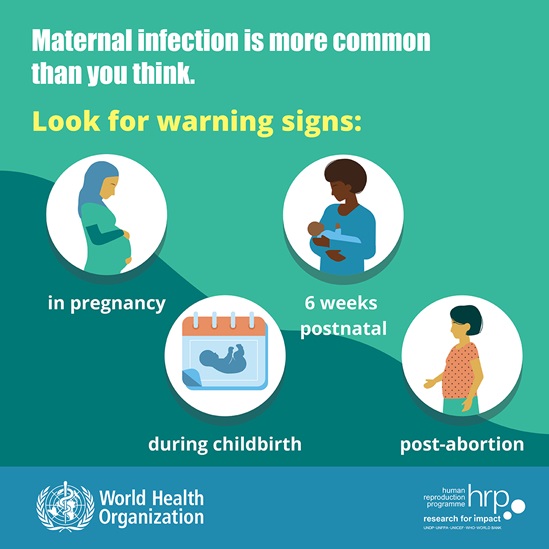Sepsis
Sepsis is a life-threatening condition that arises when the body’s response to infection causes injury to its own tissues and organs. It is frequently a final common pathway to death for many infectious diseases worldwide. It involves organ dysfunction caused by a dysregulated host response to infection and if not recognized early and managed promptly, it can lead to septic shock, multiple organ failure and death. Although a precise estimate of the global epidemiological burden of sepsis is difficult to ascertain, a recent scientific publication reported that sepsis affects an estimated 49 million people and causes 11 million deaths globally every year.
In the community setting, sepsis often presents as the clinical deterioration of common and preventable infections. Sepsis also frequently results from infections acquired in health care settings, which are one of the most frequent adverse events during care delivery and affect hundreds of millions of patients worldwide every year.
If sepsis develops during pregnancy, while or after giving birth, or after an abortion, it is called maternal sepsis. Sepsis in newborn babies is called neonatal sepsis. Despite being highly preventable, maternal and neonatal sepsis continues to be a major cause of death for pregnant women and newborn babies.
Sepsis is a medical emergency and requires immediate attention to prevent further complications or death. It may present different warning signs and symptoms at times, some of which may cause misidentification with other conditions. A septic infection may cause a fever, but may also cause low body temperature, cold extremities and shivering. There may be difficulty breathing or rapid breathing, as well as an increased heart rate, or conversely a weak pulse and low blood pressure. It may cause low urine output, as well as blue-tinted, mottled or abnormally pale skin, and an altered mental state. Finally, it may cause extreme body pain or discomfort, which makes it easy to confuse for influenza or food poisoning.
In children, sepsis may present through very fast breathing, convulsions, pale skin, lethargy or difficulty waking up or feeling abnormally cold to the touch. For children under 5 years, it may cause difficulty feeding, repeated vomiting or a lack of urination.
Suspecting sepsis and acting quickly is crucial for early recognition and diagnosis.
Early identification of symptoms and timely establishment of appropriate clinical management are critical elements to reducing the risk and impact of sepsis. The detection of some biomarkers, such as C reactive protein and procalcitonin, can be effective in diagnosing the condition.
After early recognition, diagnostics to help identify a causal pathogen of infection leading to sepsis are important to guide targeted antimicrobial treatment. The appropriate antimicrobial therapy (for example, antibiotics and antifungals) should be given within one hour of sepsis identification.
Antimicrobial resistance (AMR) can jeopardize clinical management of sepsis because empirical antibiotic treatment is often required. Early fluid resuscitation is important in the initial phase and vasopressors may be required to improve and maintain tissue perfusion.
There are two main steps to preventing sepsis:
- Prevention of microbial transmission and infection
- Prevention of an infection evolving into sepsis
Within the community, sepsis prevention is assisted through the use of effective hygiene practices, improving sanitation and water quality and availability, providing access to vaccines, particularly for those at high risk, as well as appropriate nutrition, including breastfeeding for newborns.
Prevention in health care facilities relies on infection prevention and control (IPC) programmes, effective hygiene practices, and clean, well-functioning equipment.













